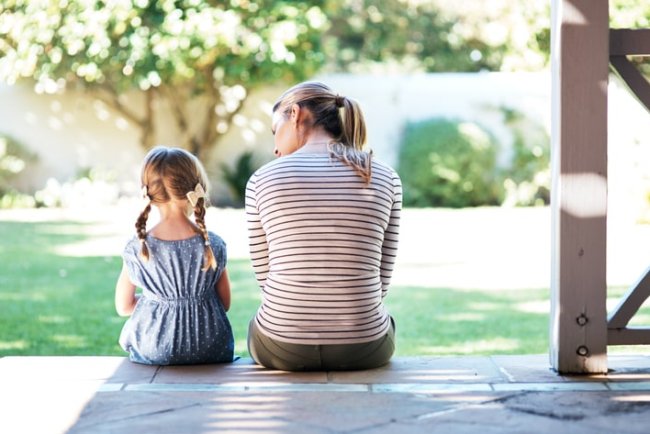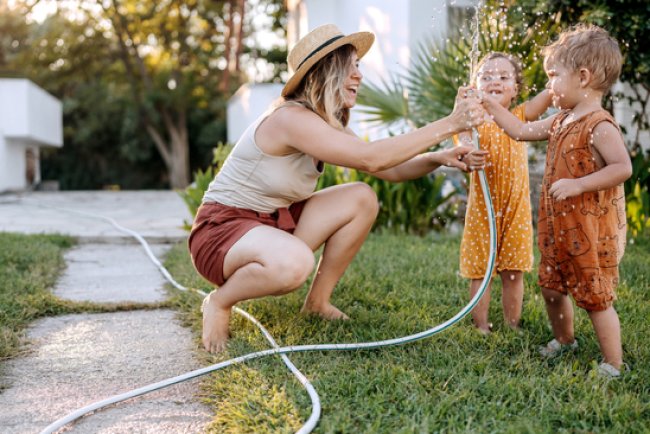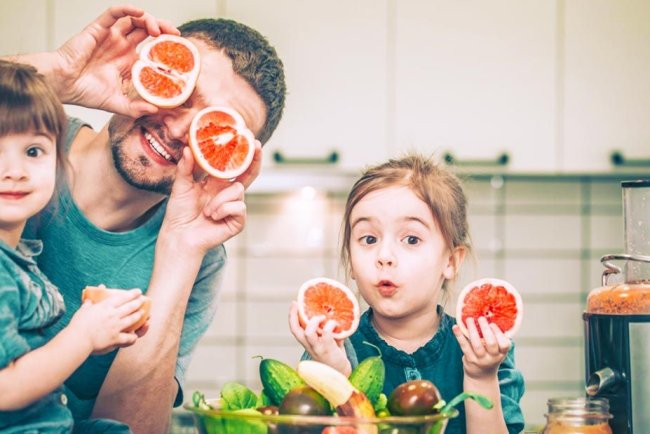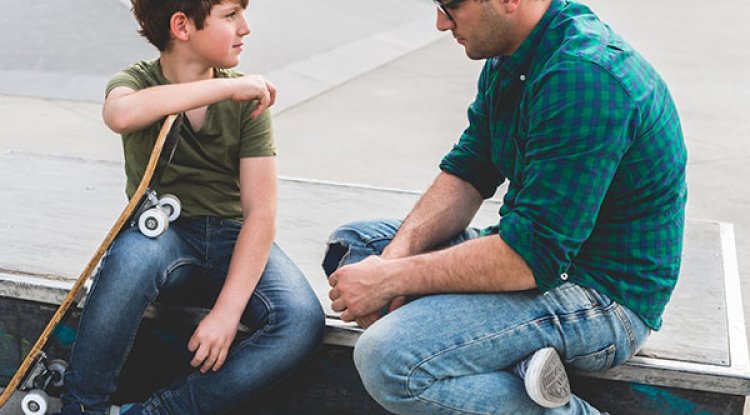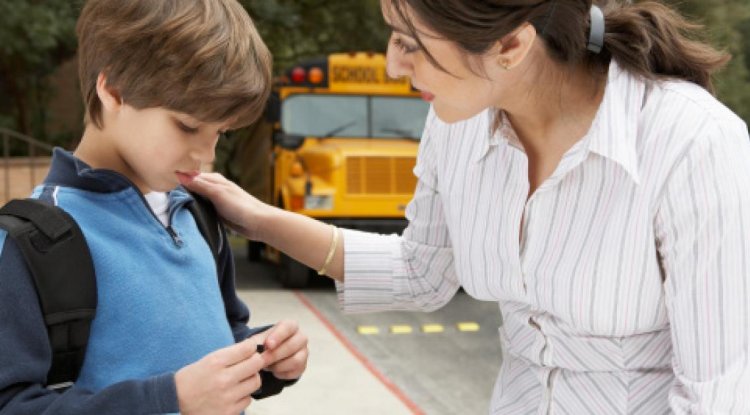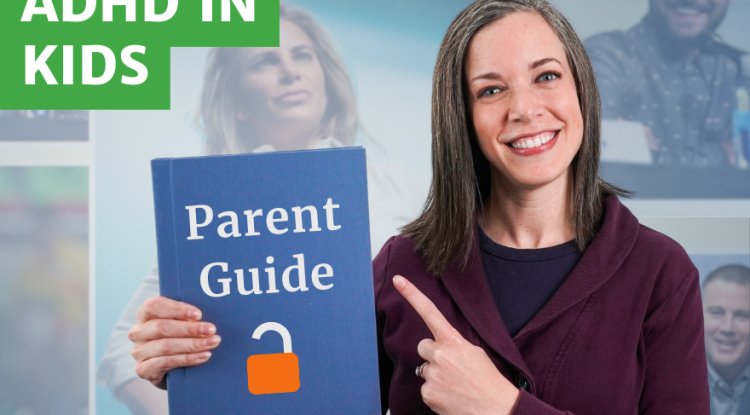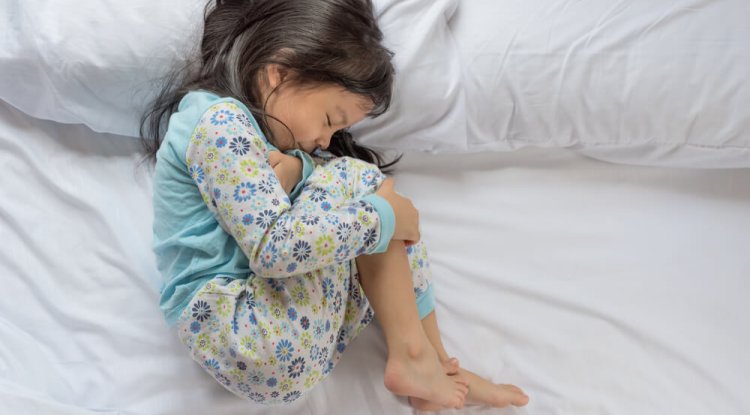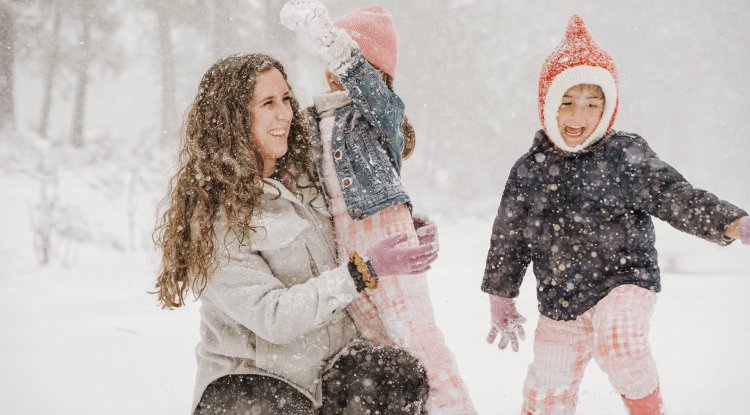How Racism Harms Children And What We Can Do About It
Racism isn’t just a rude comment on the playground or an unfair look in a classroom. For children, it’s something far heavier—it leaves bruises on their health, their growth, and their future. The American Academy of Pediatrics (AAP) doesn’t mince words: racism is a public health crisis. And if we truly care about children—their well-being, their dreams, their ability to thrive—we can’t ignore it.

At its core, racism is a breakdown in human connection. Strip away skin color, accent, or birthplace, and we are almost identical—sharing 99.9% of our DNA. Yet history tells a darker story. Colonization, slavery, segregation—all built on false hierarchies that insisted some lives were worth less. Even now, long after the marches and laws meant to correct those wrongs, the poison lingers. The AAP calls it a “socially transmitted disease.” A disease we keep passing on.
The Hidden Weight on Children’s Health
For kids, racism doesn’t just live outside in the world—it seeps inside their bodies. Chronic exposure to racism creates what scientists call toxic stress. Imagine a child’s nervous system stuck in overdrive: stress hormones flooding, inflammation simmering, little bodies carrying invisible wounds that can set the stage for lifelong illness.
For some kids, the damage begins even before they breathe. Pregnant women who experience racism bring that tension into their wombs. Their babies, research shows, face higher risks of low birth weight and complications, even when healthcare is accessible.
And when those babies grow? Many land in households where opportunities are already stacked against them. Higher rates of unemployment, unstable housing, food insecurity—these are not just “social issues,” they are health issues. A skipped meal, an untreated infection, a crowded apartment it all shapes the body as much as the mind.
Racism in the Classroom
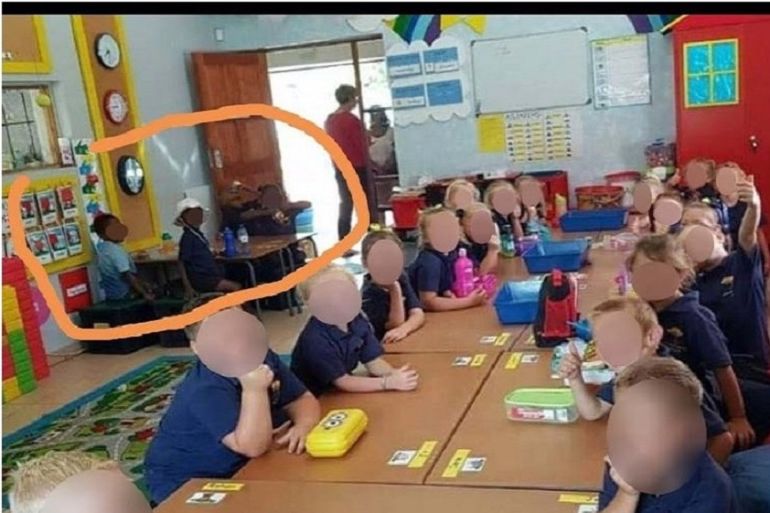
School should be a place where doors swing open. All too frequently, racism shuts them down.
The evidence makes it abundantly evident that children of color are more likely to be excluded from gifted programs or special education assistance while also receiving suspensions or severe punishments for small infractions. Subtle cues appear: You are not as good. You don’t belong here. Don’t dream too big. And when teachers don’t believe in a child, that child starts to believe it too.
The consequences show up in graduation rates. In 2015–2016, nearly 9 in 10 white students graduated high school. Compare that with just 76% of African American students, 72% of Native American students, and 79% of Hispanic students. That gap doesn’t just affect careers—it affects lifespans. Adults with diplomas and degrees live longer, healthier lives than those who don’t.
And beyond the classroom? The juvenile justice system casts its shadow. Minority youth are more likely to be incarcerated. A child behind bars is not just losing months of freedom—it’s losing identity, education, and hope. The trauma follows them long after release. Racism, in this sense, doesn’t just chip away at potential. It rewrites entire futures.
More Than Skin Deep
The AAP reminds us: racism is not the only form of discrimination children face. Bias based on gender, disability, religion, immigration status, or sexual orientation can be just as corrosive. And when those forces combine? The weight is even heavier. Trauma passes through generations like an unwelcome inheritance.
What Can We Do Starting Today?
No one can snap their fingers and erase racism. But that doesn’t mean we are powerless.Little, intentional decisions are where change starts. Here are some things you and I can do right now:
Examine yourself. Confront the biases you didn’t know you carried. Question the snap judgments.
Change the language. The way we talk about others shapes the way children see the world—and themselves.
Speak up. Don’t brush off a racist comment, a joke, or an unjust policy. Silence only lets it grow.
Teach differently. Talk to children about racism early and often.
Fight poverty. Push for programs that lift families up, not just keep them afloat.
Protect equally. Demand laws that safeguard all children not just some children.
Why It Can’t Wait
This isn’t about politics. It isn’t about debates or statistics. It’s about whether a child grows up with possibility or with limits carved into their life before they even get to choose.
Racism steals. It steals health, dignity, and hope. And because children are our future, it robs all of us.
The AAP’s warning is clear: if we want to protect children, we must dismantle racism. That sounds like a heavy responsibility.
What's Your Reaction?







